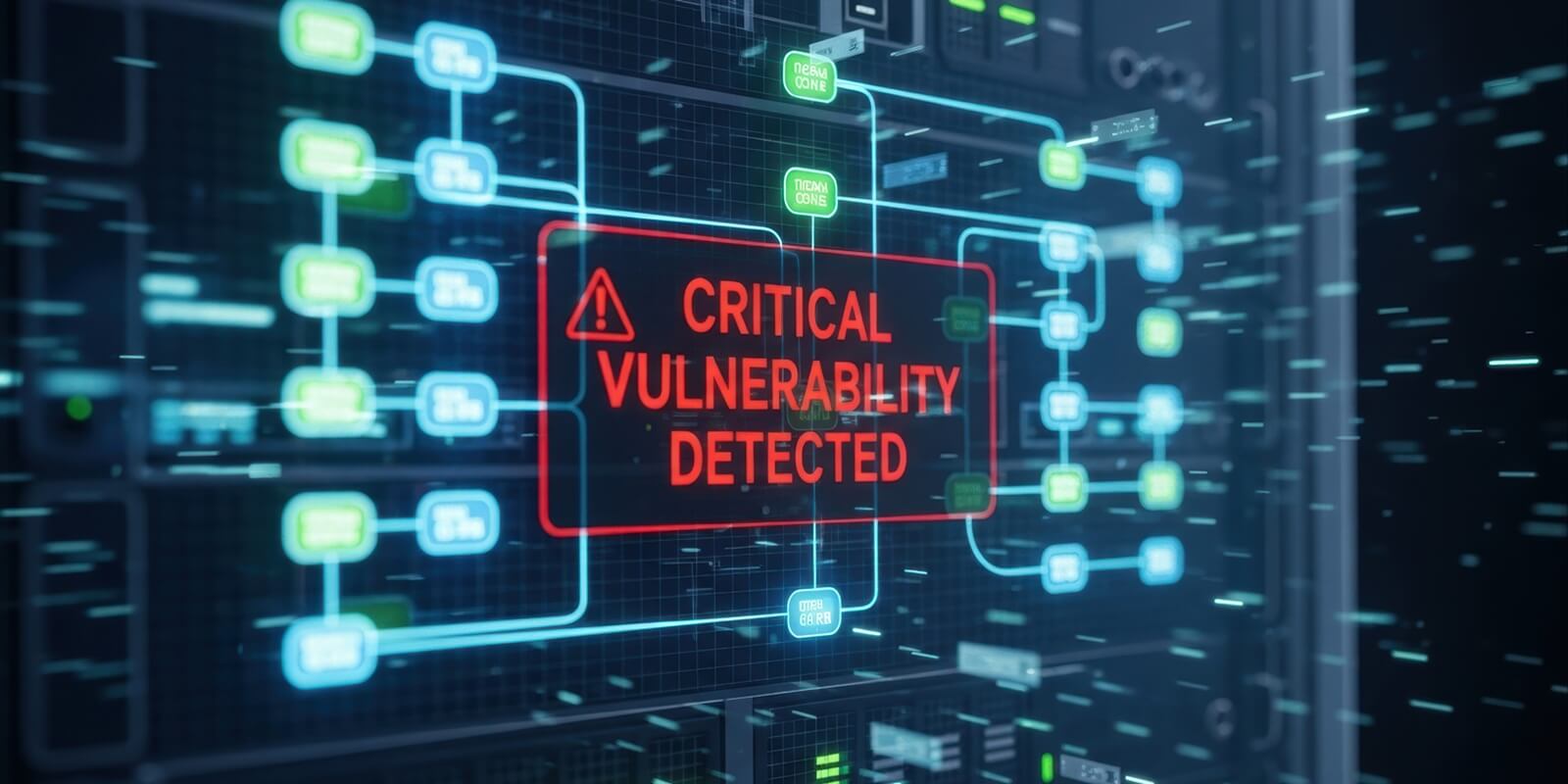Modern cyberattacks no longer rely on a single point of failure or an isolated hacker at a keyboard. Today’s threat actors operate through globally distributed networks of compromised systems, all orchestrated by a silent yet powerful structure — the Command and Control (C2) infrastructure. These systems act as the nerve center of cybercrime, enabling persistence, coordination, and control across thousands of infected endpoints.
From state-sponsored espionage groups to ransomware gangs, C2 servers facilitate the most sophisticated digital operations, communicating stealthily with compromised devices through encrypted channels, proxy layers, and decentralized networks. They enable remote attackers to exfiltrate data, spread malware laterally, and maintain persistence even after partial containment.
To counter such complexity, defensive strategies must evolve. Stealth Technology Group’s AI network defense systems bring visibility to these hidden command structures by mapping anomalous traffic flows, fingerprinting suspicious communication patterns, and disrupting malicious control channels before they achieve impact.
Understanding how C2 infrastructures function — and how to detect them — is fundamental to modern cybersecurity defense.

1. The Role of Command and Control Servers in Cybercrime
At the core of nearly every advanced cyberattack lies the C2 framework, a sophisticated architecture that allows attackers to remotely manage infected hosts or “bots.” Once malware infiltrates a system, it reaches out to its designated C2 server for instructions — downloading additional payloads, executing commands, or transmitting stolen data.
Command and control servers act as both the strategic and operational hub of malicious activity. In many cases, they use multiple layers of obfuscation to conceal their true location and purpose. Threat actors often deploy proxy nodes, fast-flux DNS services, or peer-to-peer relay systems to prevent defenders from taking down the entire operation.
By maintaining constant communication between bots and their C2 nodes, attackers can coordinate distributed denial-of-service (DDoS) campaigns, deploy ransomware, or exfiltrate sensitive data silently over months. The persistence and adaptability of C2 frameworks make them one of the most challenging elements of cybercrime to disrupt.
2. Anatomy of a C2 Attack Chain
Every C2 operation follows a lifecycle that mirrors the broader cyber kill chain. Understanding each stage is critical to identifying where AI-driven network defense can intervene effectively.
- Infection: Malware enters through phishing, exploit kits, or drive-by downloads. Once installed, it collects system identifiers to establish its identity to the attacker.
- Beaconing: The infected system initiates outbound communication to the C2 domain, often using legitimate protocols such as HTTPS or DNS queries to blend with normal traffic.
- Command Execution: The C2 server sends encrypted commands, instructing the compromised host to download additional modules or execute system-level changes.
- Data Exfiltration: Stolen credentials or files are encrypted and sent back through the same covert channels, often via Tor or custom tunneling mechanisms.
- Persistence: Attackers deploy backup communication channels or use domain generation algorithms (DGAs) to reestablish control if initial servers are blocked.
This multi-phase process allows adversaries to maintain long-term footholds inside networks without triggering traditional alerts — a challenge that AI network defense is uniquely equipped to solve.
3. Communication Protocols: DNS, HTTPS, and Tor
C2 frameworks rely heavily on legitimate internet protocols to mask malicious intent. Among the most exploited are DNS, HTTPS, and Tor, each serving a specific evasion function.
DNS-based C2 communication hides malicious activity within normal domain lookups. Attackers encode commands or data fragments within subdomains, making detection difficult since DNS traffic rarely undergoes deep inspection. HTTPS-based C2, meanwhile, uses encrypted web sessions to transmit commands, blending seamlessly with regular web browsing activity.
Tor, the anonymity network, adds another layer of invisibility by routing communications through multiple relays, effectively obscuring both the C2 server’s origin and the infected client’s location. This anonymity makes traditional IP blocking nearly useless.
By leveraging machine learning, AI network defense systems can analyze metadata patterns — such as timing irregularities, packet size distributions, or DNS entropy levels — to detect these covert communications even when payloads are encrypted.
4. Decentralized Botnets and Peer-to-Peer C2 Models
Traditional C2 systems used centralized servers — a single point of contact between attackers and their bots. However, modern cybercriminals now deploy peer-to-peer (P2P) C2 architectures, removing this single point of failure and making takedowns far more complex.
In these decentralized botnets, each infected host can act as both client and controller, propagating commands through encrypted peer channels. This allows the network to remain operational even if several nodes are isolated or removed.
Some botnets even use blockchain-like distributed ledgers to authenticate command messages, ensuring only authorized instructions propagate. Detecting and disrupting such autonomous structures requires advanced correlation analytics that can spot behavioral similarities among seemingly unrelated traffic sources — a capability central to Stealth’s AI network defense suite.

5. Detecting C2 Activity with AI Network Analytics
Traditional intrusion detection systems (IDS) rely heavily on signature-based analysis, flagging known patterns of malicious code or traffic. Unfortunately, such systems fail against new or encrypted C2 communications. Artificial intelligence changes this paradigm by introducing behavioral and contextual analysis that doesn’t depend on prior knowledge of the threat.
AI-driven detection focuses on identifying anomalies — deviations from established network baselines that indicate suspicious behavior. For example, if an endpoint suddenly begins transmitting data at odd hours, contacts multiple foreign IPs with small, regular packet sizes, or maintains persistent encrypted sessions, AI flags this as potential C2 activity.
Stealth’s AI architecture enhances this process with real-time traffic fingerprinting, creating unique behavioral signatures for every network connection. These fingerprints evolve dynamically as systems learn from new threat data, allowing the platform to distinguish between legitimate encrypted activity and covert malware communication.
6. Techniques Attackers Use to Evade Detection
Attackers constantly evolve their C2 tactics to bypass security monitoring. Common evasion techniques include:
- Domain Generation Algorithms (DGAs): Automatically creating thousands of potential C2 domains daily to prevent static blocking.
- Living-Off-the-Land (LoL) Techniques: Using built-in system tools like PowerShell or WMI for C2 communication, minimizing detectable malware artifacts.
- Encrypted Tunneling: Hiding data exfiltration within legitimate VPN or HTTPS sessions.
- Protocol Mimicry: Disguising malicious traffic as normal application protocols, such as Slack or Skype APIs.
By continuously training on billions of telemetry events, AI network defense solutions identify the subtle irregularities these techniques produce. Even when commands are masked, the rhythm, frequency, or entropy of network traffic can betray hidden intent — something human analysts could never scale to detect consistently.
7. Disrupting Command and Control Networks
Once identified, neutralizing a C2 network requires precision. Overly broad mitigation can inadvertently disrupt legitimate operations, while incomplete takedowns allow the network to reconstitute. AI analytics enable targeted disruption by mapping every known connection in a C2’s communication web.
Stealth’s systems employ three primary disruption techniques:
- Sinkholing: Redirecting traffic intended for C2 domains to controlled servers for analysis, effectively severing attacker control while collecting threat intelligence.
- Anomaly-Based Blocking: Using AI-driven firewalls that learn from behavioral data rather than static rules, reducing false positives.
- Predictive Containment: Forecasting secondary C2 domains before activation through analysis of DGAs, preventing reconnection attempts post-takedown.
Through this proactive approach, Stealth enables organizations to stay ahead of adversaries by neutralizing their control infrastructure before attacks escalate.
8. Stealth Technology Group’s AI-Powered Defense Framework
Stealth Technology Group operates at the frontier of AI cybersecurity innovation, combining advanced analytics with deep contextual intelligence to detect, map, and mitigate command and control infrastructures in real time.
Our AI-driven network defense platform leverages continuous learning from global telemetry sources to identify the earliest indicators of compromise across cloud, endpoint, and hybrid environments. The system correlates traffic anomalies, device behaviors, and external threat intelligence to provide unified visibility into active or emerging C2 activity.
By automating detection and response, Stealth not only reduces analyst workload but ensures that C2 disruptions occur before attackers can establish persistence or data exfiltration channels. This is not reactive security — it’s AI network defense at machine speed, designed to safeguard organizations from the world’s most adaptive threats.

Summary
C2 infrastructures remain the backbone of modern cybercrime — invisible, distributed, and incredibly resilient. Traditional defenses struggle to keep up with their sophistication, leaving organizations exposed to silent breaches that can persist for months undetected.
AI transforms this battlefield. By leveraging predictive analytics, traffic fingerprinting, and anomaly detection, defenders can now illuminate the hidden channels where attackers communicate. Stealth Technology Group provides this capability at enterprise scale, empowering organizations to dismantle command and control operations before damage occurs.
If your firm is ready to evolve beyond reactive defense and embrace proactive, AI-driven protection, Contact us or call (617) 903-5559 to schedule a consultation with our cybersecurity experts.



